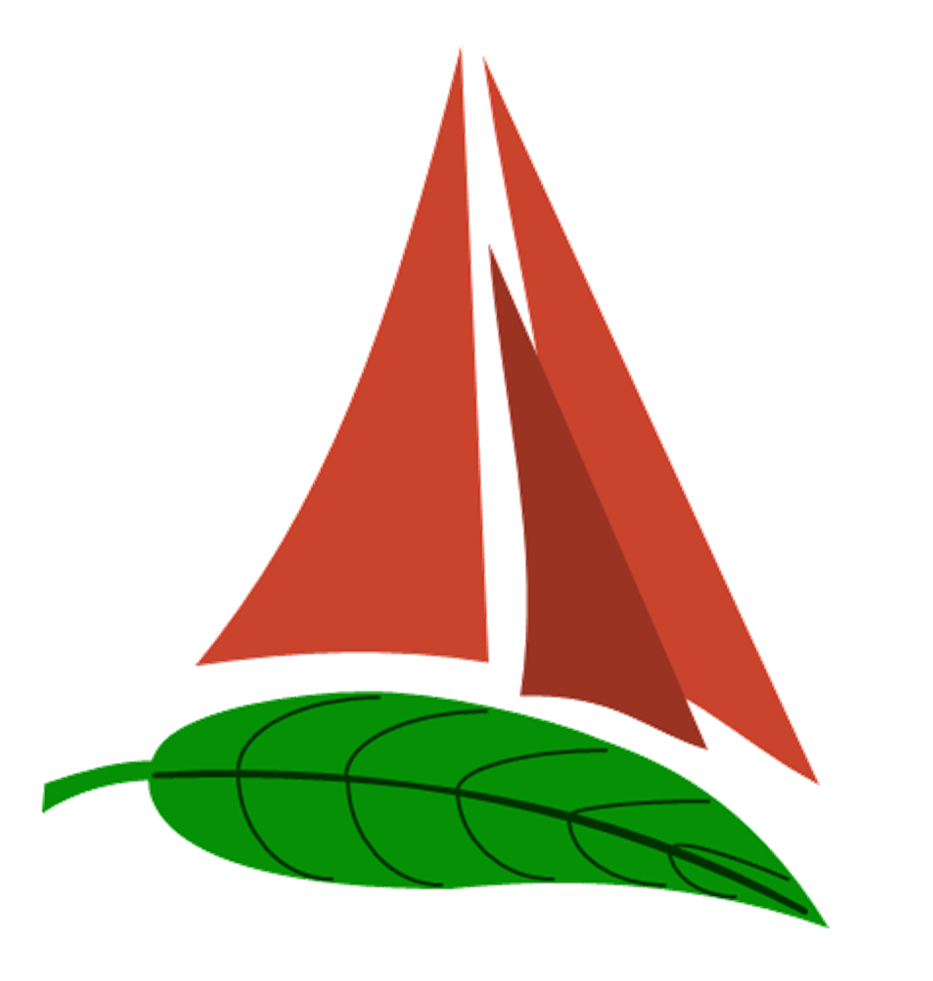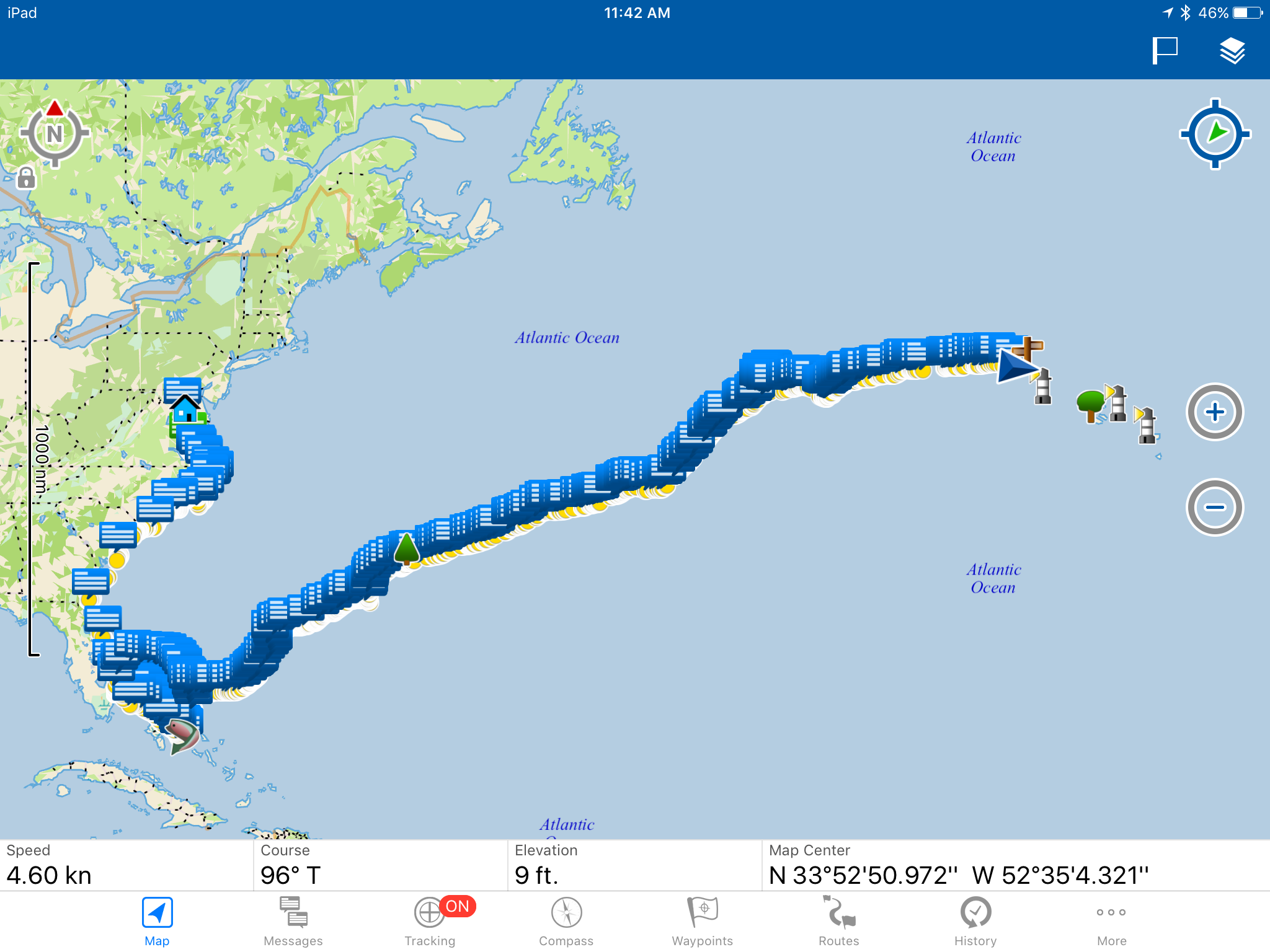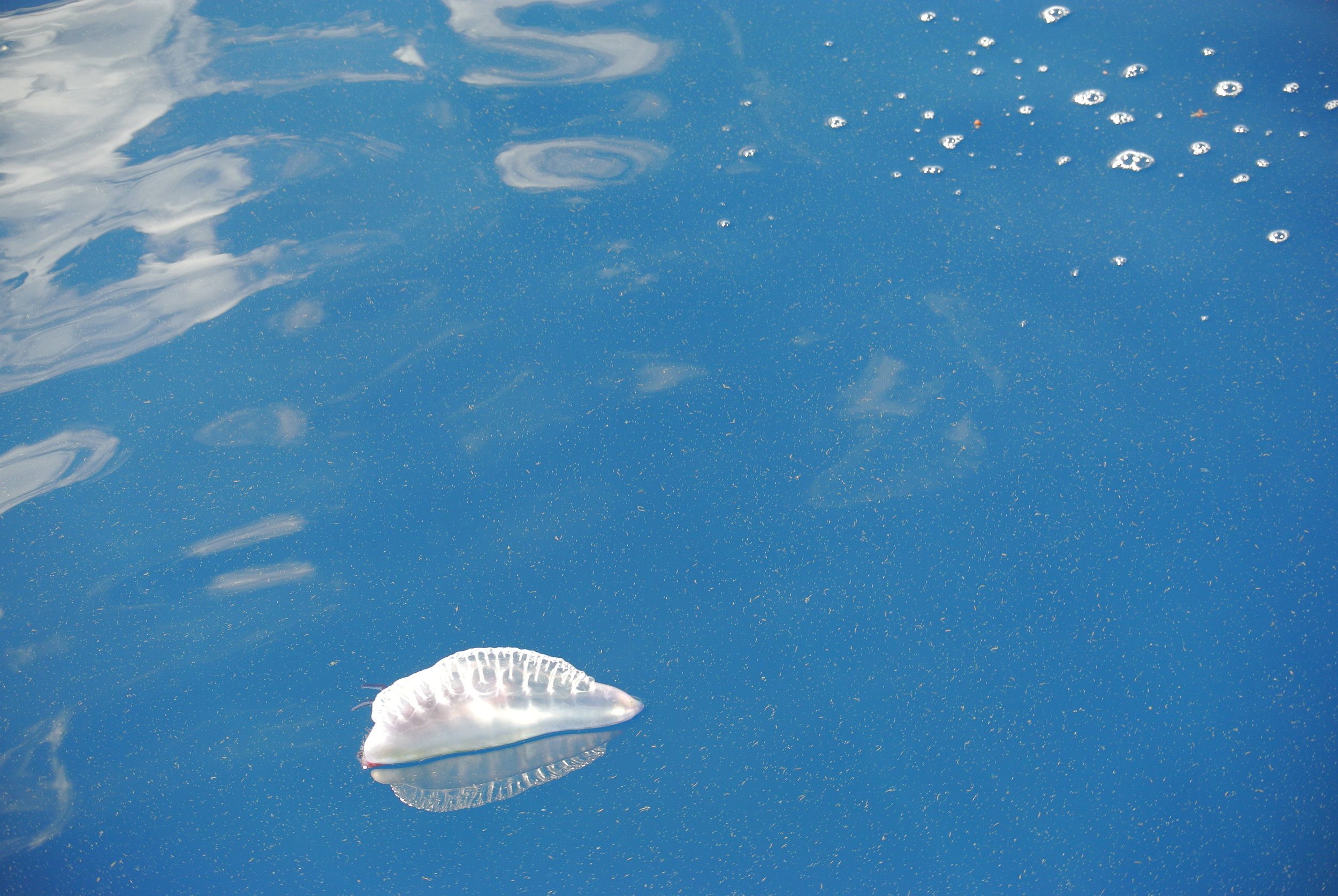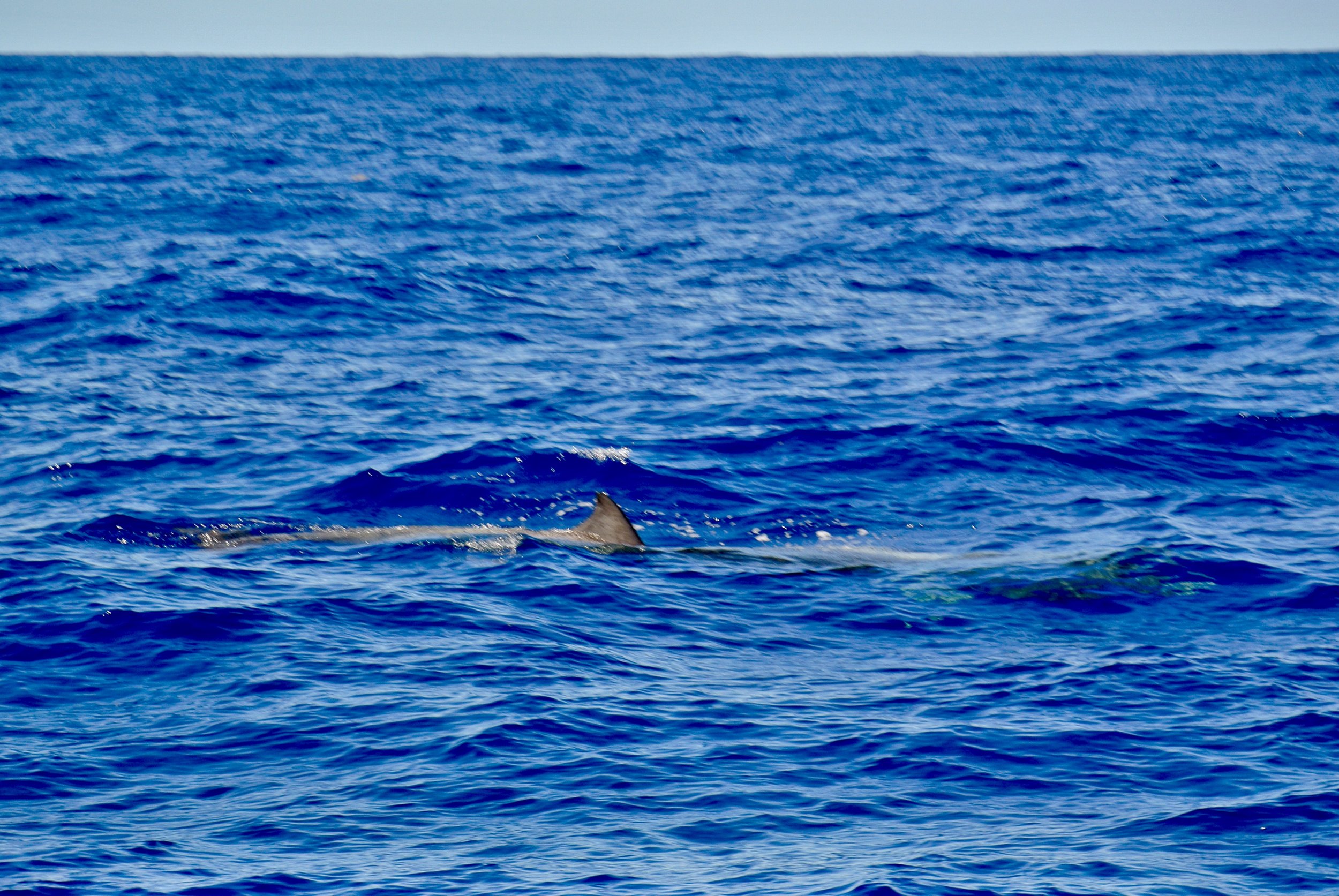The day has arrived, the day when we turn towards the Azores!
You might be wondering how we decided when to turn? Was it because Predict Wind said we should turn? Was it because someone told us to? Or was it because the clouds said it was time?
Well, a little of some and a lot of the others.
Our Australian friends and our friend in the States both were away from their computers today, so we didn’t hear from anyone until late that night when they both told us that we should turn South towards Faial. At that point we had already turned!
What made me make the decision to turn? The clouds and the compass.
The weather was changing overhead and the high pressure was being pushed further to our stern, meaning that we would be able to turn without getting caught in the windless region of the high pressure system that was off our starboard side.
The compass was really the important one in this decision (as it should be). I knew the course we would be holding to get to Horta on Faial, and I decided that it would be best to sail a bit further East before turning so that we would be on a broad reach instead of a beam reach. Why? If I’m wrong about the winds on a broad reach, they will either be a run or a beam reach. If I’m wrong about the winds on a beam reach, they will either be a broad reach (which is fine) or a close reach (I hate beating)! I don’t want to run that risk!
So I simply sailed until the bearing to Horta was going to be a course on the compass that would have us on a broad reach with the low pressure that was coming in!
The other giant sign in the sky was the clouds literally turned at that point and basically lined a path that pointed straight towards Faial, the way they were blowing, it looked like a good track to be on and follow the weather system into the island chain!
You can see here, we made it to around the area of our little sign post out in the ocean (on this digital map) and began turning towards the Azores! My, how far we have come!
The other good part about staying with the winds is it helps keep us charged up! Our batteries got a little low during that period of no wind that we had. We really like having fresh food on the boat, and to do that, we need to power the biggest most power hungry monster in our yacht: the fridge. This monster chugs the amps and just gives you the cold shoulder! Our house bank got a little low so we were supplying power to the fridge from the motor bank. That drained the motor bank down quite a bit though!
All this fast sailing we are having is great because our electric motor works as a hydrogenerator when sailing fast and that produces the power needed to charge the batteries back up!
Here, the display is saying that we are generating 6 amps at 48 volts. When you step that down to 12 volts (to power lights and the fridge) those 6 amps become 24 amps! That is some serious power it can generate and that is crucial because we will need power when we enter the marina and need to dock.
Looking ahead at the information from Predict Wind, you can see that they are calling for the winds to be pretty good for the next few days, and then get kind of light. I don’t really care much for these kinds of charts because it all seems like guesses to me. I like when they are all agreeing, like they do for the first few days (because they are all working with good data) but then the radical spread occurs where one is calling for winds of 4 knots and another is calling for winds of 15 knots! All this tells me is that further out, no one knows and I should just ignore the computer programs and look to the sky to read the clouds.
Clouds tell you the weather you are having and going to have because they are generated by the very weather you are seeing and experiencing. I would much rather look to the sky for my weather than to look at a computer screen generated by a program written by someone who is guessing based on incomplete data.
























